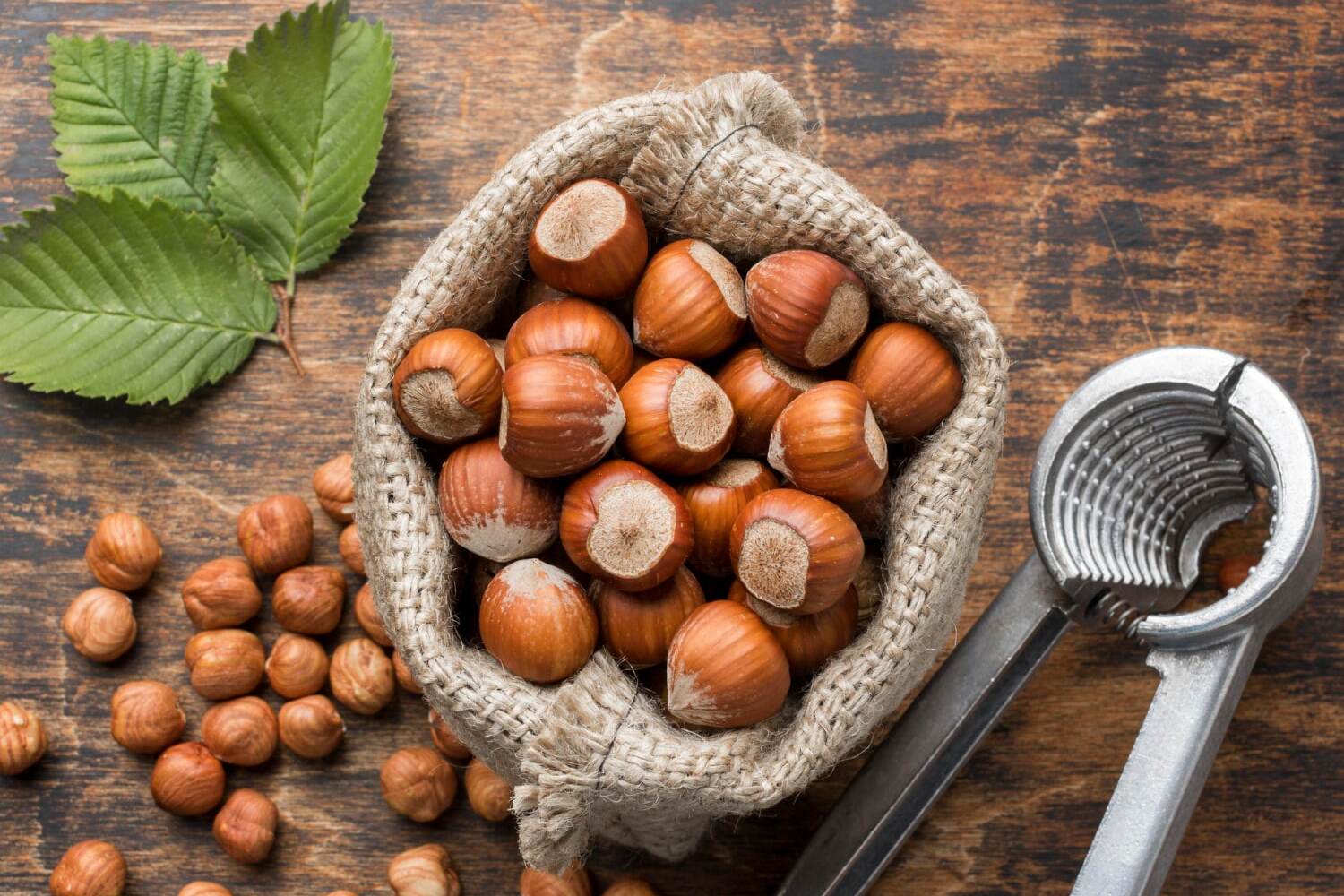A hazelnut is not just a tasty addition to chocolate or desserts. Behind this small nut lies a rich history, valuable health benefits, and many fascinating characteristics that not everyone knows about. An interesting fact is that hazelnuts were valued thousands of years ago and today remain an important part of the diet in many countries around the world. If you think you are familiar with this nut, this collection of captivating facts will prove there is much you might not know about hazelnuts.
- The hazelnut is a cultivated form of the wild hazel bush, which grows in Europe and Asia. This nut has been farmed for over 2,000 years, beginning in Asia Minor. Since then, it has gained worldwide popularity due to its taste and nutritional value.
- Turkey is the world’s leading producer of hazelnuts, supplying about 70 percent of the global market. The main plantations are located along the Black Sea coast, where the climate is ideal for growing this crop. Turkish hazelnuts are renowned for their high quality and excellent flavor.
- Hazelnuts are rich in healthy fats, especially monounsaturated fats, which support cardiovascular health. Regular consumption of these nuts can help reduce levels of bad cholesterol. For this reason, hazelnuts are often included in a balanced diet.
- Hazelnuts contain a high amount of vitamin E, a powerful antioxidant that protects cells from aging. This makes them recommended for maintaining healthy skin and hair. A small handful of hazelnuts a day can cover a significant portion of the daily requirement for this vitamin.
- Hazelnuts are an excellent source of magnesium, which is essential for proper muscle and nervous system function. This mineral also helps reduce fatigue and improve mood. That is why hazelnuts are called a natural source of energy and calmness.
- A curious fact is that hazelnuts are among the most calorie-dense nuts, with over 600 kilocalories per 100 grams. Despite their high caloric content, they are often used in diets because they provide quick satiety and reduce hunger. The key is to consume them in moderation.
- Hazelnut trees begin to bear fruit only after 3 to 5 years of planting, reaching full productivity around the 10th year. However, they can continue producing nuts for over fifty years. This makes hazelnut cultivation a long-term investment for farmers.
- There are more than 100 varieties of hazelnuts, each differing in size, taste, and yield. Some varieties are best eaten raw, while others are mainly used in the confectionery industry. This versatility makes hazelnuts a staple in culinary applications.
- Hazelnuts are a key ingredient in the famous Nutella spread, where they make up a significant portion of the recipe. It is thanks to hazelnuts that this dessert has its distinctive taste. Every year, about a quarter of the world’s hazelnut harvest is used for Nutella production.
- In ancient times, hazelnuts symbolized wisdom, protection, and fertility. Hazel branches were used to make magical wands and amulets. People believed that hazelnuts brought good luck and warded off evil spirits.
- Hazelnuts store well due to their hard shell, which protects the kernel from spoilage. Under proper conditions, they can remain edible for over a year. This makes them convenient for long-term storage and transportation.
- Interestingly, hazelnuts are one of the few nuts that thrive in cooler climates. They can withstand temperatures as low as minus 30 degrees Celsius. This resilience allows them to be successfully cultivated across many parts of Europe.
- Hazelnuts are widely used in the cosmetics industry, particularly in the production of oils for skin and hair care. Hazelnut oil has a light texture and absorbs quickly without leaving a greasy residue. It moisturizes, nourishes, and improves skin elasticity.
- Hazelnut pollen is one of the first sources of nectar for bees in early spring. The plant begins to bloom even before its leaves appear. This makes hazelnuts important for supporting ecosystems.
- Hazelnuts are naturally resistant to many pests and diseases, reducing the need for chemical protection. This allows for environmentally friendly cultivation methods. As a result, hazelnuts are often grown using organic farming practices.
- In Italy, hazelnuts are a key ingredient in the traditional dessert torta di nocciole, made in the Piedmont region. This area is home to the famous Tonda Gentile variety. It is prized for its delicate aroma and exceptional flavor.
- The scientific name for the hazelnut is Corylus avellana, derived from the Latin name of the Italian town Avellino, where the nut was widely cultivated. This highlights the historical significance of hazelnuts in European culture. Today, they are an essential part of many national cuisines.
- Hazelnut shells are used as fuel or organic fertilizer. They burn well and produce significant heat, making them useful in agriculture. This is an example of zero-waste utilization of natural resources.
- Hazelnuts help improve memory and concentration due to their content of omega-9 fatty acids and B vitamins. They are recommended during periods of intense mental activity. It is a delicious way to support brain function.
- Despite their many benefits, hazelnuts are among foods that can cause allergic reactions. People with nut allergies should be cautious when consuming them. However, for most people, hazelnuts are safe and highly nutritious.
These incredible facts about hazelnuts show how valuable this small nut is not only in cooking but also in medicine, cosmetics, and ecology. It combines taste, health benefits, and a rich history, making it a true treasure among natural products. Hazelnuts continue to surprise with their properties and remain indispensable in many areas of life. You might not have realized how many fascinating facts are hidden within this familiar nut.





